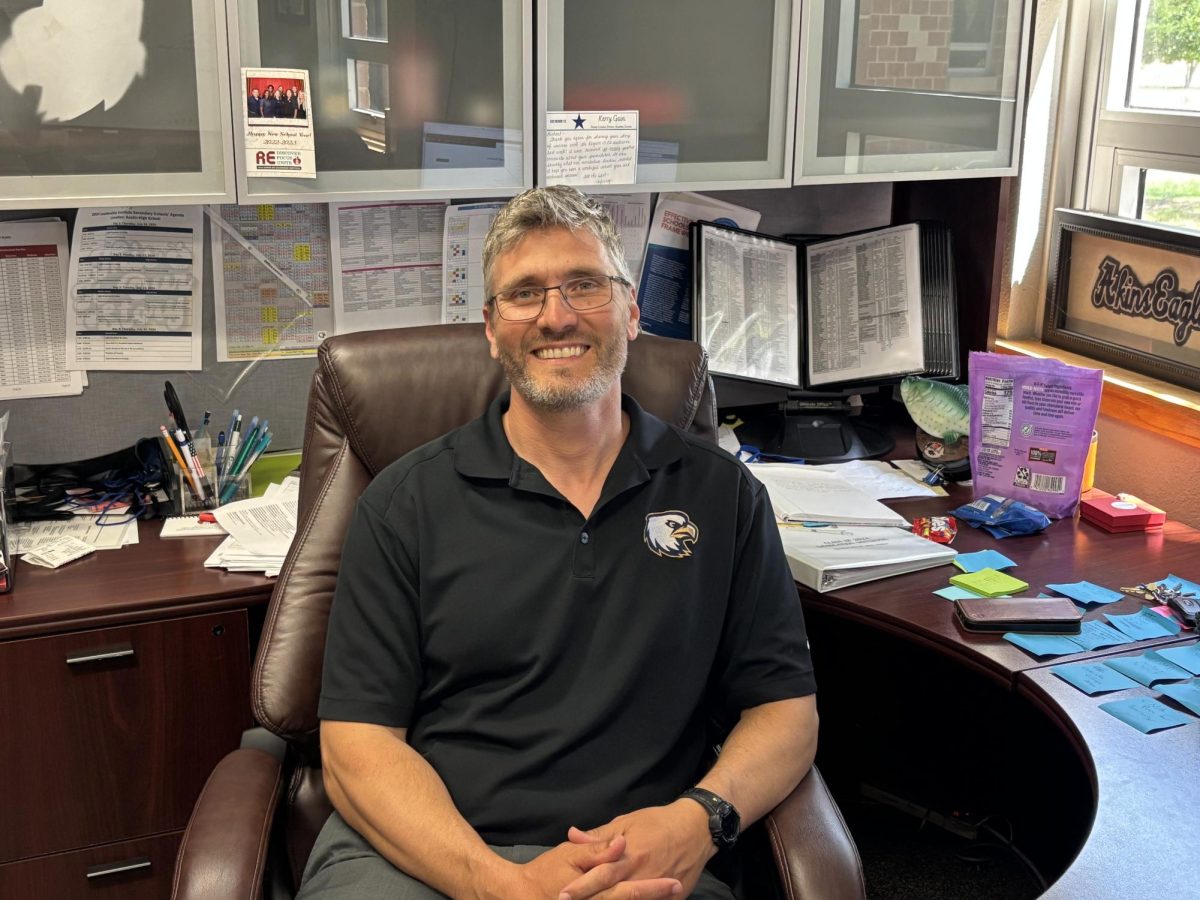Big Brother is watching, that is how some people feel about wearing their school ID badge around their necks, at least in one school district in Texas.
The Northside Independent School District in San Antonio, Texas has adopted the Radio Frequency Identification System (RFID). RFID is a technology implanted in their student identification cards, and is used to track the location of students while on campus. The system was implemented in two schools; John Jay High School and Anson Jones Middle School.
The chip is designed to track the exact location of students on campus, but students fear that the device will track them home. Since the chips are always broadcasting, anyone with a reader can track them anywhere.
The district officials in San Antonio say that the system is to help improve attendance, and also improve safety by allowing them to locate students on campus. If the program is successful the RFID chips could soon come to 112 schools through out Texas and affect nearly 100,000 students, while on campus.
“I think it’s a little Big Brotherish,” Akins principal Daniel Girard said.
Many of the students at Akins fear that this system will be implemented on campus.
“I think it would be an invasion of privacy,” senior Angel Nava said. “It would be going against my rights.”
In fact a student at John Jay High School in San Antonio refused to wear the RFID chip.
According RT Publications sophomore Andrea Hernandez called it the “mark of the beast” – a reference to the Bible’s apocalyptic Book of Revelations. Hernandez was not able to participate in school activities such as voting for prom queen and king because she would not wear her student ID.
Hernandez parent’s attempted to sue the school, but it was unsuccessful.
“If that system were to be established at Akins I would refuse to wear it, but I wouldn’t move schools, I would stand my ground,” Nava said.
According to Girard he doesn’t see the RFID system as an invasion of privacy.
“I don’t think it’s an invasion because there is a level of privacy given up when you come to a school,” Girard said. “I just don’t see the purpose behind it. It’s more of an attempted level of control.”
Though some students are opposed to the system, others are not.
“I think only the trouble makers would care, but not the good students,” senior Sandra Landaverde said.
The AIMS Truancy program is similar to the RFID system in which students check in when they arrive to school and that they made it on time to class.
“I see the “Truancy” program differently because it’s voluntary,” Girard said. “If a student or parent doesn’t want to volunteer they don’t have to. There is no requirement to take part.”
According to Girard students who are in the truancy program get a text message from the company to arrive to school on time.
“I have nothing to do based on where the students are located,” Girard said about how AIMS works. “That is an independent company on their own.”
Though there are some differences with the two programs some might speculate that they’re not that different.
“To be honest I wouldn’t mind having a tracker,” Landaverde said. “Since I’m in the “Truancy” program, I’m kind of used to similar technology.”
Though Girard might agree with some students in not supporting RFID system the chances are still high that if it’s a district wide initiative, students at Akins might be wearing one.
“I can’t ever see it being adopted, especially knowing the culture of Austin,” Girard said. “But if the district decides to implement it, the school would have to establish it.”
Though Girard and the student body might debate over their opinion on the RFID system there have been no hints that AISD might try to implement the system as a means of tracking and monitoring attendance any time soon.










